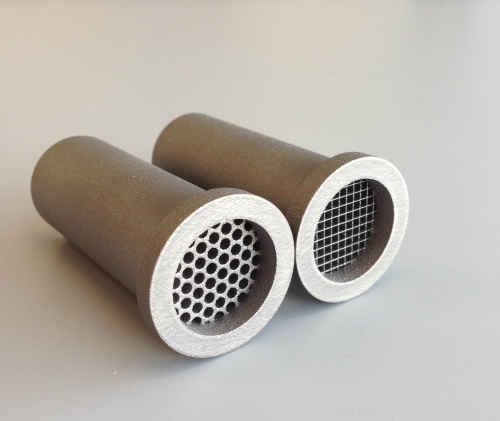
They argue that by using this design, load-bearing AM products can be made more sustainably, with less weight and lower cost while maintaining the necessary structural integrity.
“Developing Topology Optimization Tools that Enable Efficient Design of AM Cellular Structures” is one of 15 projects selected by America Makes, and has been granted US$438,000, with an additional US$526,000 match from Pitt and corporate partners for an 18-month period.
“When we design a load-bearing structure, we need to span a certain volume,” said principal investigator at the School, Dr To. “But we don’t need to create an entirely solid object; we just need to create a framework to maintain its structural integrity.”
Developing tools
“By developing a computational model that allows us to integrate a cellular structure into the designs of AM products, we can reduce weight, maintain load-bearing capacity, and enhance the sustainability of the entire process.”
According to Dr To, because AM is so new, current computational tools don’t allow for the optimal design of a complex cellular structure within an AM product.
“Design of AM cellular structures can be incredibly complicated, and so we need to utilize advanced mechanics theory to create an efficient model that can be used for multiple AM platforms and with various types of materials,” he said. “This also allows for easier recycling of a product because the cellular structure enables the base materials to be broken down into the native powder form used in AM.”
The team will investigate many different kinds of lattice structures, from random patterns to geometric forms like honeycombs, to determine which provides the best structural integrity in AM.Varying the porosity of cellular structures can help improve the weight and mechanical performance of a product, making AM a more valuable tool for aerospace, healthcare, and military applications such as on-demand manufacturing of replacement parts.
Reducing costs
“Every extra pound adds to the cost of manufacturing, transporting and storing a product, and so introducing a cellular matrix helps to reduce these costs while still maintaining a high degree of quality,” Dr To added. “For example, we could create lighter parts for aircrafts that would improve fuel efficiency without sacrificing reliability. Or instead of storing complex replacement parts on remote military bases and even the International Space Station, 3D printers could be used to manufacture a new part without having to transport them from the supplier.
“Additive manufacturing will not replace traditional manufacturing, but it will become a cost-effective, sustainable alternative for many niche applications.”





